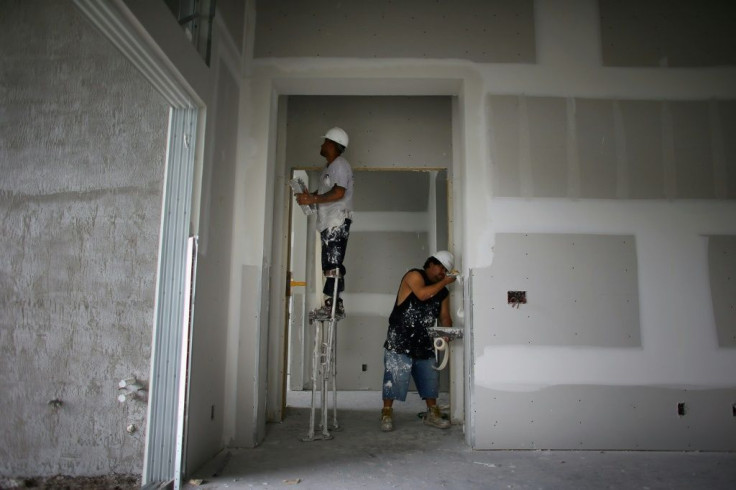US Home Building Remains Robust In January

After ending 2019 at a record high, US new housing construction contracted slightly but stayed remarkably strong in January, according to data released Wednesday.
Homebuilders racing to catch up with pent-up demand had sent housing starts to a 13-year high in December, with apartment construction hitting its fastest pace in 33 years as low interest rates has spurred demand.
New construction started in January slowed but not nearly as much as economists had expected, boosted by an acceleration in apartment buildings.
Housing starts dipped just 3.6 percent last month rather than the expected double-digit decline, to an annual rate of 1.57 million units, seasonally adjusted, the US Census Bureau reported.
That pace is more than 21 percent higher than January 2019, according to the report.
With borrowing rates remaining low, would-be homebuyers have rushed into the market, but builders are struggling to keep up especially amid a tight labor market.
The hot market has pushed prices higher for all kinds of housing, and the sector has been a key component underlying solid US economic growth.
Single-family starts dropped 5.9 percent from December to 1.0 million.
But once again apartments and condos -- buildings with five or more units -- continued to climb, jumping 3.0 percent to reach an annual rate of 547,000 from 531,000 in December. That pace is 16 percent higher than a year earlier.
"Housing starts pulled back slightly in January, but the current pace is still over 1.5 million units -- remaining close to the highest levels since 2006," Joel Kan of the Mortgage Bankers Association said in a note.
"Multifamily starts also continue to be robust, rising for the second straight month and seeing the strongest month of production since 1986."
The housing starts data are highly volatile, and officials warn that they are subject to broad margins of error so trends may not be apparent for six months.
Permits for new homes are less weather sensitive and have lower margins of error, however.
Permits for new homes remained strong, jumping 9.2 percent from December to 1.6 million -- near their 13-year high and reversing the decline . That was a reversal of the decrease in December.
Lawrence Yun, chief economist of the National Association of Realtors, called the permit figures "a positive indicator for even greater production in the months ahead."
© Copyright AFP {{Year}}. All rights reserved.





















